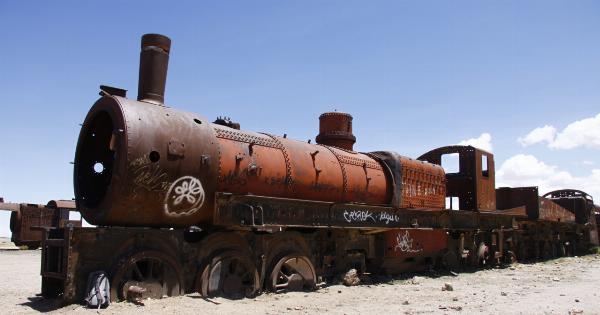The outbreak of the deadly flu in 1918, known as the Spanish flu, was one of the most devastating pandemics in history.
This highly contagious virus infected nearly one-third of the world’s population, resulting in an estimated 50 million to 100 million deaths. Originating during World War I, the Spanish flu had a significant impact on the global population and forever changed the approach to public health.
Origins and Spread
The origins of the Spanish flu remain unclear, with theories proposing the United States, China, France, and other countries as possible sources.
Regardless of its origin, the virus swiftly spread across the globe due to international travel during the war. Military personnel, in particular, played a key role in disseminating the virus as they traveled between countries and continents.
Characteristics of the Spanish Flu
The Spanish flu was caused by the H1N1 influenza A virus, which had never been previously encountered. This strain of influenza differed from seasonal flu viruses and was exceptionally lethal.
The unique aspect of the Spanish flu was its ability to target young, healthy adults, as opposed to the usual high-risk groups such as infants and the elderly.
Symptoms and Mortality Rate
The symptoms of the Spanish flu were similar to those of regular influenza, including fever, cough, sore throat, body aches, and fatigue.
However, in severe cases, respiratory complications such as pneumonia could develop, resulting in severe illness and often death. The mortality rate of the Spanish flu was estimated to be as high as 10-20%, significantly higher than the typical influenza mortality rate.
Impact on World War I
The outbreak of the Spanish flu had a profound effect on World War I. The close quarters and unsanitary conditions of military camps and trenches made it an ideal breeding ground for the virus.
Many soldiers fell ill, and in some cases, entire units were incapacitated by the flu. The pandemic not only affected troop strength but also disrupted supply chains and stretched already limited medical resources, further hindering the war effort.
Global Impact
The Spanish flu spread rapidly across the globe, affecting both developed and developing countries. It reached remote areas of the world, including the Arctic and Pacific Islands.
The spread of the virus was facilitated by overcrowded hospitals and transportation systems, as well as the movement of soldiers and civilians due to the war.
Public Health Measures
During the Spanish flu pandemic, public health measures were implemented to contain the outbreak. These included quarantine measures, use of disinfectants, limitations on public gatherings, promoting personal hygiene, and the use of face masks.
However, the effectiveness of these measures varied, and the lack of a clear understanding of the virus hampered containment efforts.
Medical Response
In 1918, medical science was not as advanced as it is today. The understanding of viruses and their treatment was limited, and there were no effective antiviral drugs or vaccines available.
Hospitals became overwhelmed with the sheer number of patients, and doctors and nurses struggled to provide adequate care. The lack of medical resources and the constant influx of new cases made it challenging to curb the spread of the virus.
End of the Pandemic
The Spanish flu pandemic eventually came to an end as those infected either developed immunity or died. By 1919, the virus had mutated into a less lethal strain, and the number of cases gradually declined.
However, the exact reasons for the decline and eventual disappearance of the virus remain uncertain.
Legacy and Lessons Learned
The Spanish flu pandemic had a lasting impact on public health and the medical community. It highlighted the need for global cooperation in responding to infectious diseases and the importance of early detection and containment.
The devastating consequences of the Spanish flu also spurred advancements in medical research, leading to the development of vaccines and improved understanding of viral diseases.
Conclusion
The outbreak of the deadly Spanish flu in 1918 left an indelible mark on history. It claimed the lives of millions of people worldwide, reshaped public health strategies, and profoundly influenced the medical community.
As we face new global health challenges, the lessons learned from the Spanish flu pandemic continue to guide our responses and preparations for future outbreaks.




























